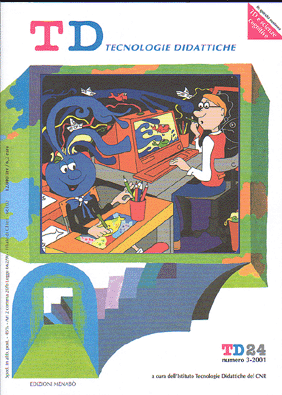The introduction of information technologies and communications in schools
Main Article Content
Abstract
Article Details
Authors who publish with this journal agree to the following terms:
- Authors retain copyright and grant the journal right of first publication with the work simultaneously licensed under a Creative Commons CC BY 4.0 Attribution 4.0 International License.
- Authors are able to enter into separate, additional contractual arrangements for the non-exclusive distribution of the journal's published version of the work (e.g., post it to an institutional repository or publish it in a book), with an acknowledgement of its initial publication in this journal.
- Authors are permitted and encouraged to post their work online (e.g., in institutional repositories or on their website) prior to and during the submission process, as it can lead to productive exchanges, as well as earlier and greater citation of published work (See The Effect of Open Access)
References
Baran P. (1964), On Distributed Communications: V. History, Alternative Approaches, and Comparisons, RAND Corporation Memorandum RM-3097-PR, August, http://www.rand.org/publications/ RM/RM3097/
Bateson G. (1987), Verso un’ecologia della mente, Adelphi, Milano.
Feynamn R.P. (1970), The Feynman Lectures on Physics (3 Volume set), Addison-Wesley, California.
Hadamard J. (1932), Le problèm des Cauchy et les équations aux dérivées partièlles linéaires hyperbolique, Hermann.
Parisi D. (1998), AntiTuring, Sistemi Intelligenti, anno X, n. 1, pp. 60-77.
Shannon C. (1948), A Mathematical Theory of Communication, Bell System Technical Journal, Vol. 27, pp. 379–423 e 623–656.
Tagliagambe S. (1997), Epistemologia del confine, Il Saggiatore, Milano.
Turing A. M. (1936), On Computable Numbers, with an Application to the Entscheidungsproblem, Proceedings of the London Mathematical Society, 2, vol. 42, pp. 230-265.

